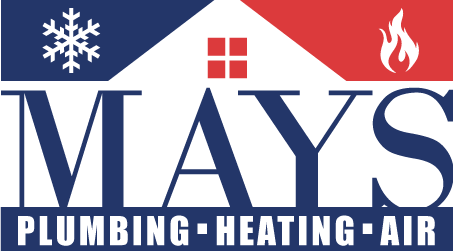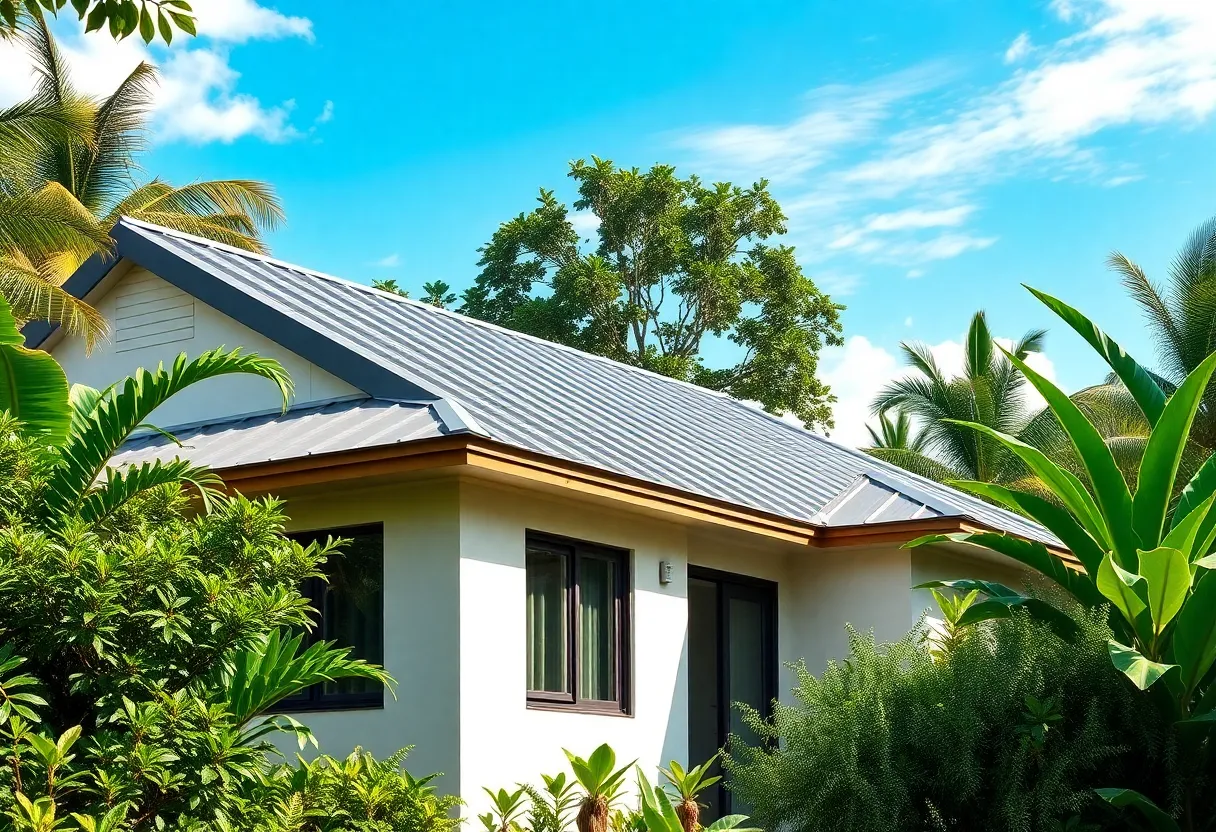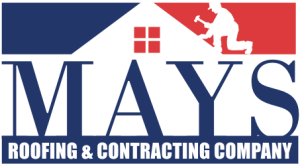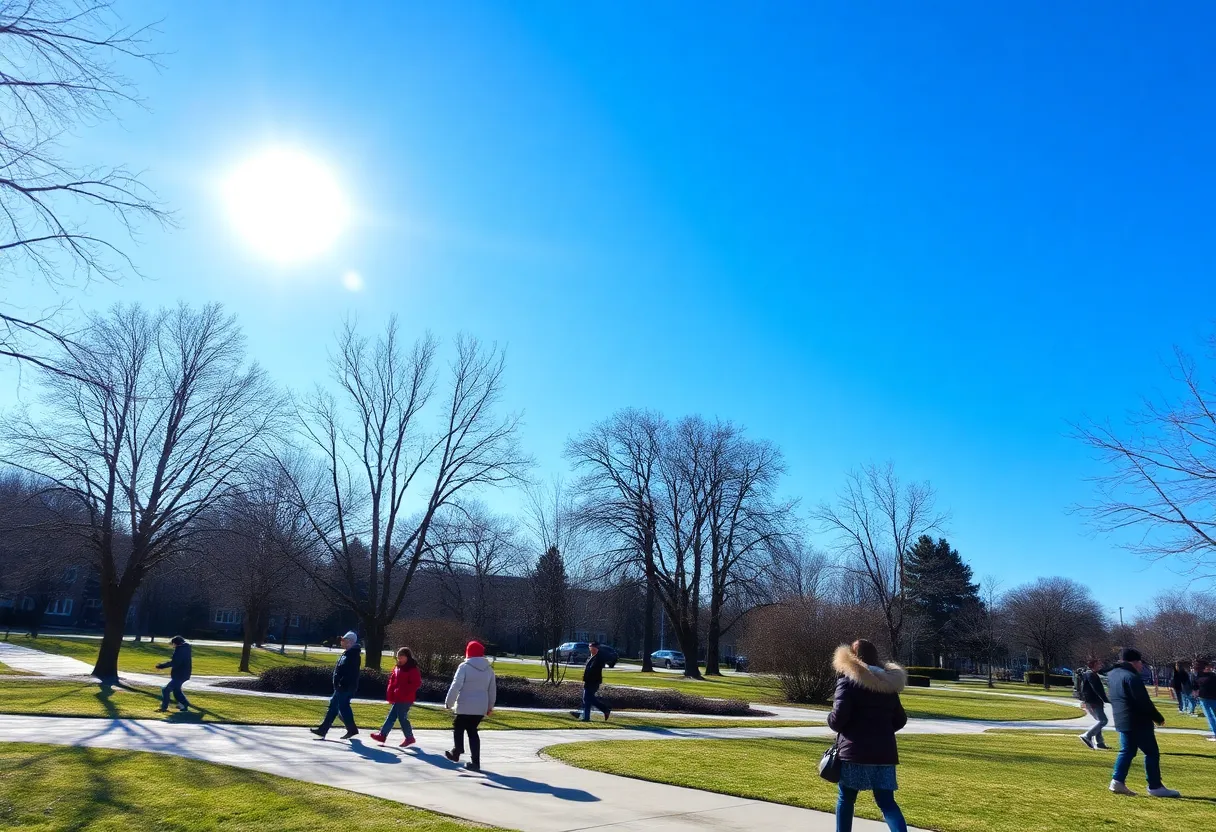How to Choose the Best Roofing Options for High Humidity Areas: Essential Tips for Homeowners
Choosing the right roofing material is crucial for homeowners in high humidity areas. Humidity can lead to a host of issues that compromise the integrity and durability of roofs. Therefore, understanding the various options available is paramount. This guide offers essential tips to help homeowners navigate this critical choice.
Understanding Humidity’s Impact on Roofing
High humidity can create a conducive environment for problems such as mold, mildew, and rot. These issues can deteriorate roofing materials, leading to serious structural damage. Therefore, selecting a roofing system that withstands such conditions is vital.
Key Characteristics of Roofing Materials
When assessing roofing options, focus on the following characteristics:
- Durability: The material should withstand the wear and tear caused by moisture.
- Resistance to Mold and Mildew: Properties that prevent growth are essential.
- Ventilation and Drainage: Effective airflow and water drainage reduce moisture retention.
- Ease of Maintenance: Some materials require more upkeep than others, which can significantly affect homeowners.
Best Roofing Materials for Humid Climates
Here are some roofing options particularly suited for high humidity areas:
1. Metal Roofing
Metal roofs, such as aluminum or steel, are an excellent choice for humid environments. Their smooth surface allows for quick water runoff, minimizing the chances of mold growth. Additionally, metal roofing is highly durable and can last 40 years or more. The key is opting for a high-quality finish to enhance corrosion resistance.
2. Asphalt Shingles
While asphalt shingles are commonly used, not all types are suitable for humid climates. Look for shingles treated with algae-resistant granules. This technology offers an effective barrier against mold and mildew. Moreover, proper installation and ventilation can aid in maintaining their integrity over time.
3. Clay and Concrete Tiles
Clay and concrete tiles are naturally resistant to moisture, making them ideal for humid regions. These materials are heavy and durable, providing a long lifespan and excellent insulation. However, the weight may require structural reinforcement during installation.
4. Synthetic Roofing
Synthetic roofing materials are increasingly popular due to their lightweight and versatile properties. They can mimic the look of traditional materials like slate or wood while offering superior moisture resistance. Many synthetic options also include UV protection, further extending their lifespan.
5. Green Roofing
A green roof, which consists of vegetation grown atop a waterproof membrane, acts as a natural insulator. It offers excellent moisture control and is particularly effective in humid climates. However, green roofing can be expensive and may require specific structural considerations.
Roof Design Considerations
The design of the roof also plays a critical role in its performance in high humidity. Here are some vital design elements to keep in mind:
1. Roof Pitch
A steeper roof pitch enhances water drainage, reducing the likelihood of moisture accumulation. This design minimizes the chances of leaks and mold growth.
2. Proper Ventilation
Effective ventilation allows humidity to escape, lowering moisture levels in the attic and roof structure. Consider ridge vents, gable vents, and soffit vents as part of your roofing system.
3. Overhangs and Eaves
Designing adequate overhangs and eaves prevents water from directly striking the roof and allows for better drainage. Their size should be proportionate to the roof pitch to ensure effectiveness.
Maintenance Tips for Humid Areas
Regardless of the roofing material chosen, regular maintenance is critical in high humidity conditions. Here are important tips:
1. Clean Gutters and Downspouts
Clogged gutters can lead to water overflow, increasing the risk of mold growth. Regularly clean out debris to ensure proper drainage.
2. Inspect for Damage
Routine inspections can help identify issues before they escalate. Look for signs of leaks, missing shingles, or rust on metal roofs.
3. Trim Overhanging Trees
Branches that extend over the roof can trap moisture and debris, fostering mold growth. Keeping these trimmed reduces risks significantly.
Conclusion
Choosing the best roofing option for high humidity areas requires careful consideration of materials, design, and maintenance strategies. Homeowners should prioritize durability, mold resistance, and effective drainage to protect their investments. The proper roofing selection can enhance the longevity of a home while keeping it safe from moisture-related issues. When in doubt, consulting with a roofing professional can provide additional insights tailored to specific needs.
Author: HERE Greenwood
The GREENWOOD STAFF WRITER represents the experienced team at HEREGreenwood.com, your go-to source for actionable local news and information in Greenwood, Greenwood County, and beyond. Specializing in "news you can use," we cover essential topics like product reviews for personal and business needs, local business directories, politics, real estate trends, neighborhood insights, and state news affecting the area—with deep expertise drawn from years of dedicated reporting and strong community input, including local press releases and business updates. We deliver top reporting on high-value events such as the Festival of Flowers, Greenwood Community Theatre performances, and agricultural showcases at the Greenwood County Fairgrounds. Our coverage extends to key organizations like the Greenwood Chamber of Commerce and the Greater Greenwood United Ministry, plus leading businesses in manufacturing and healthcare that power the local economy such as FujiFilm Manufacturing and Self Regional Healthcare. As part of the broader HERE network, including HERECharleston.com, HEREColumbia.com, HEREGreenville.com, and HEREHiltonHead.com, we provide comprehensive, credible insights into South Carolina's dynamic landscape.




 Mays Contracting
Mays Contracting

